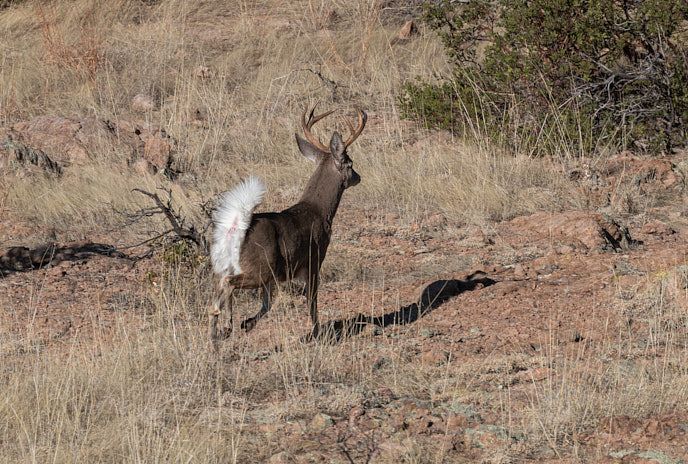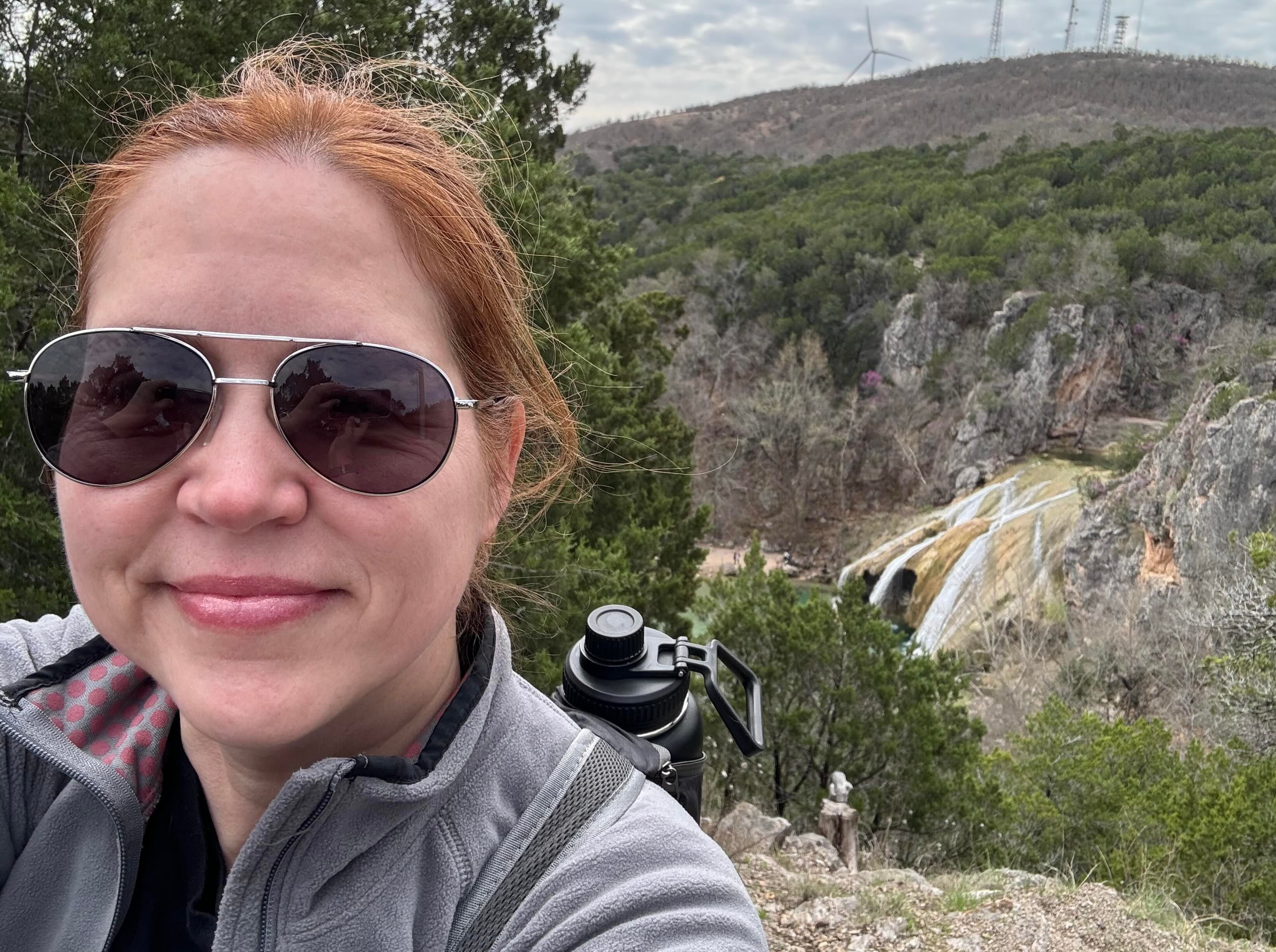Coues deer, renowned for their beauty, are a thrilling challenge for seasoned hunters. The mere act of spotting one is a feat in itself, and successfully hunting one is a testament to a hunter's skill and perseverance.
Known as the gray ghost, Coues deer hunting is a pursuit that requires a deep understanding of their habits, movements, and the terrain they call home.
Are you up for the challenge? Follow our guide to learn about Coues deer, and you'll be one step closer to taking that big buck.
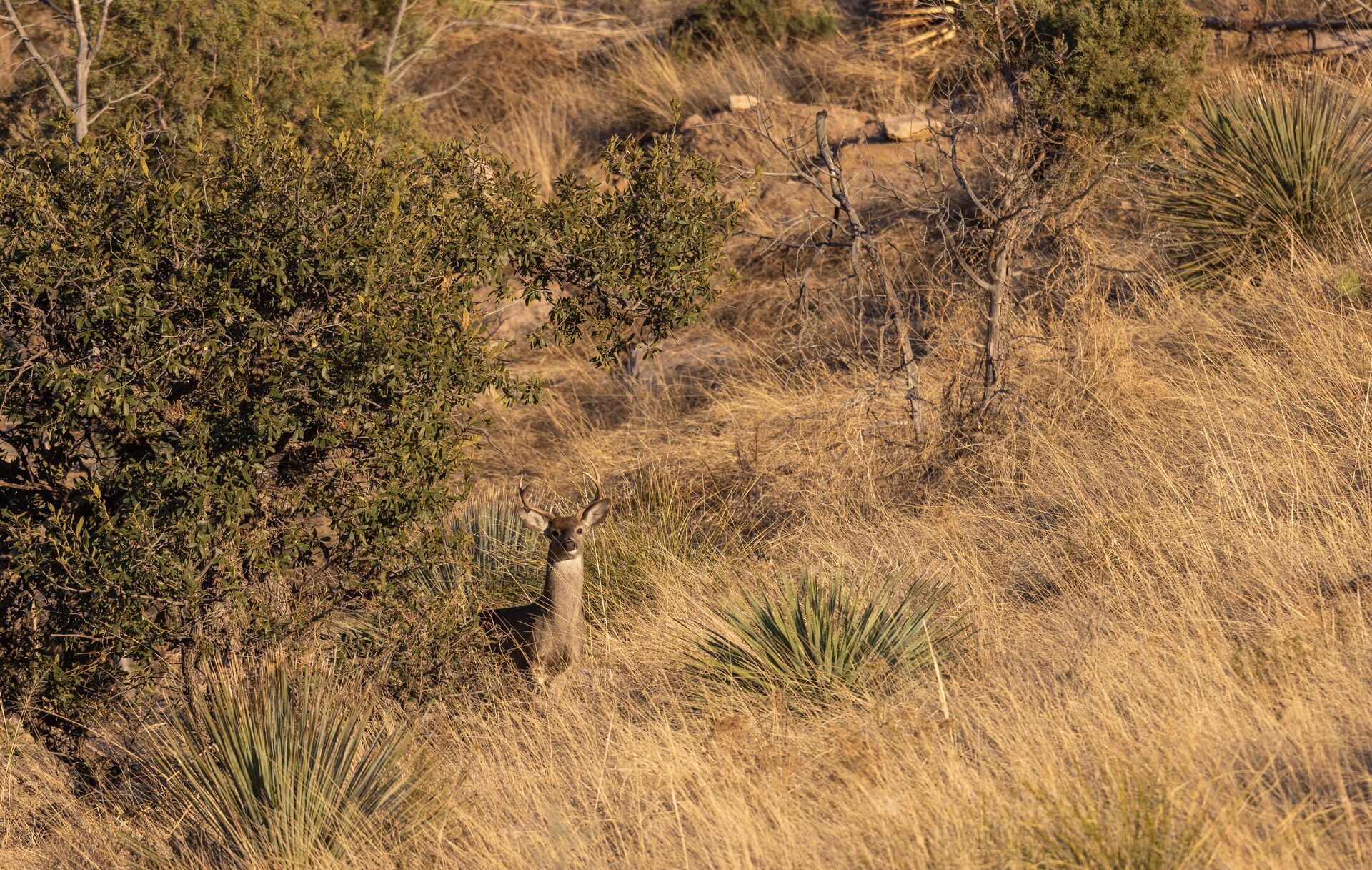
Insteresting Facts About Coues Deer
Before discussing some of the more detailed facts about Coues deer, let's examine some fun and interesting trivia and history about Coues deer.
Where did the name come from?
Coues deer were named after former U.S. Army doctor, surgeon, and renowned naturalist Elliot Coues back in the late 1800s, as he was the first to record a description of the species.
They can jump high.
Their adaptability in rugged terrain has led to impressive jumping ability, with a 12-foot leap not out of the question for some large bucks.
What's the biggest one ever taken?
With a score of 144-1/8, the largest confirmed buck was taken in Pima County, Arizona.
What Are the Physical Characteristics of Coues Deer?
Although smaller and considered more delicate than other deer species, they are durable and highly adaptable, showing toughness to survive in areas perhaps considered uninhabitable at first glance.
Here are some critical insights into the characteristics of Coues deer and how to spot one.
Size
Smaller than a whitetail and mule, a Coues buck will weigh between 80 and 100 pounds while standing about 30 inches high when measured at the shoulder. A doe will weigh around the 70-pound mark.
Coloration
The gray fur allows them to blend naturally into the desert environment. The Coues showcase a snowy white underside when raising their tail, hence the whitetail name.
Additionally, they can take on a rustier color in the late summer, particularly at the top of the tail.
Distinctive Features
Due to their relatively small size, their heads and ears can seem disproportionately large compared to their frame. Additionally, they have a white circulation around their eyes.
Their white tail with a black tip is commonly referred to as the distinctive feature of the Coues.
Antlers
Their antlers curve inwards, and within one year, some bucks may have one to three points on either side. However, spikes are more common.
This curvature is so extreme that the antlers may touch a mature buck, giving the appearance of a crowned antler.
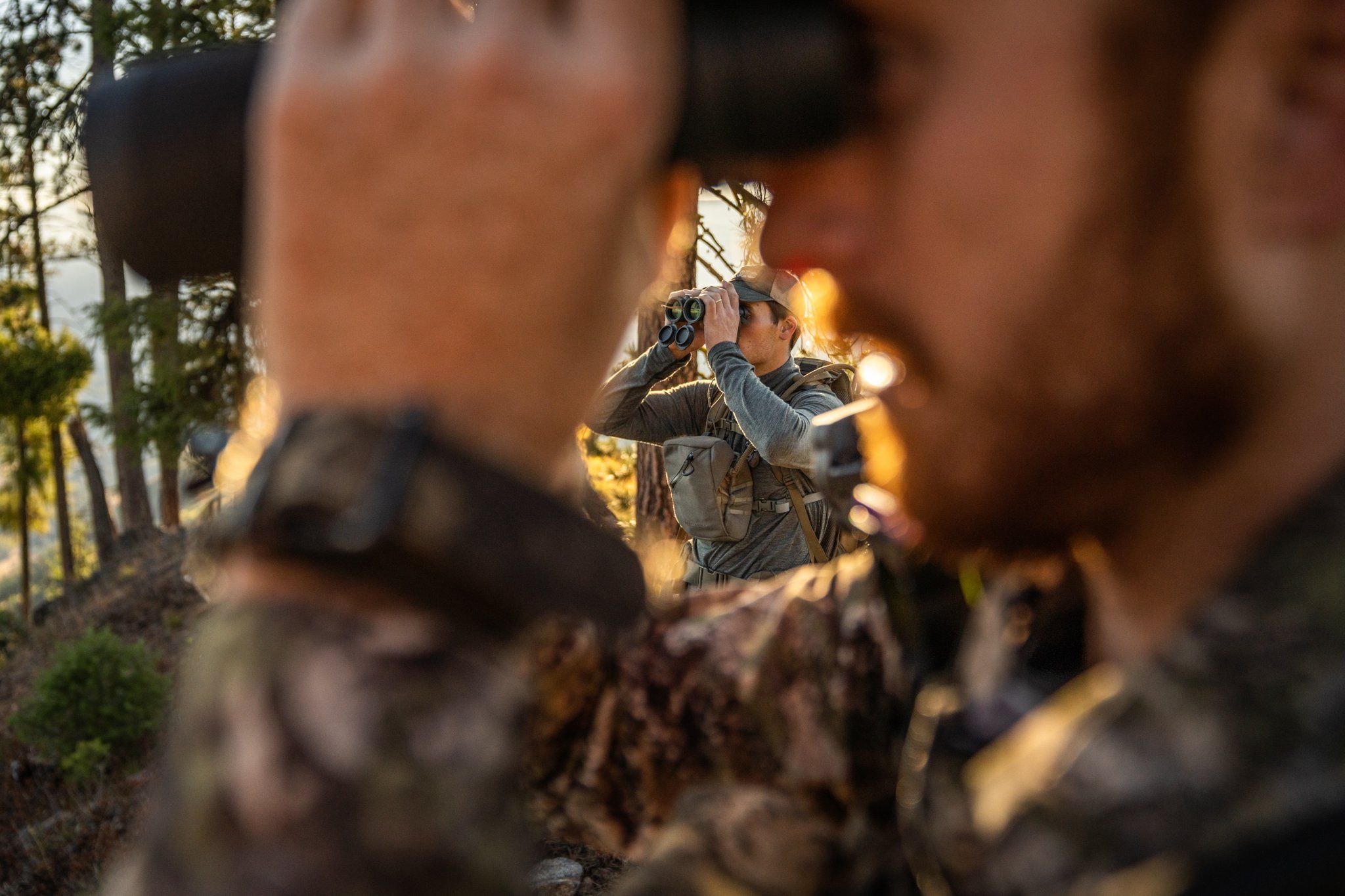
Habitat and Range
Coues are most commonly found in the Southwest United States, in states such as Arizona and New Mexico, and across the border in Northern Mexico. Their home range is around 4 miles. However, they are known to keep in smaller circles.
Found most often in regions with an elevation between 3,000 and 10,000 feet, the Coues deer inhabit a wide range of different natural environments, including:
- Sparse desert shrubs and grasslands, most commonly in the Chihuahuan Desert lands.
- Oak and woodlands in lower elevation areas
- Pine forests following water sources like rivers
- Oak Woodlands between 4,000 and 6,000 feet of elevation
Each zone carries its unique hunting challenges and surprises. What's impressive is the Coues' adaptability in arid environments with apparent water scarcity, able to go longer without water than other deer species with an adapted blood circulating system allowing them to self-regulate temperature and stay cool in these hot climatic zones.
Behavior and Diet
While sharing similarities with the whitetail, Coues deer have some unique characteristics regarding diet and behavior, including:
- Eating habits: Coues are primarily herbivores and considered browsers, munching on a diet of shrubs, leaves, and cacti. Mesquite, juniper, and oak are all favored vegetation of the Coues, and dietary patterns will change depending on accessibility and the environment.
- Periods of activity: Coues deer are most active in the early morning and late evening. The breeding season is in the winter, with peak breeding in December and January.
- Predators: Coues deer predators include coyotes, bobcats, and mountain lions, and dogs have been known to take Coues from time to time.
- Socialization: Coues form smaller social groups and are more isolationary in their group formation. They're polygamous maters, and a buck will breed several doe.
If hunting Coues deer, keep these behaviors in mind and don't assume to act exactly like a whitetail.
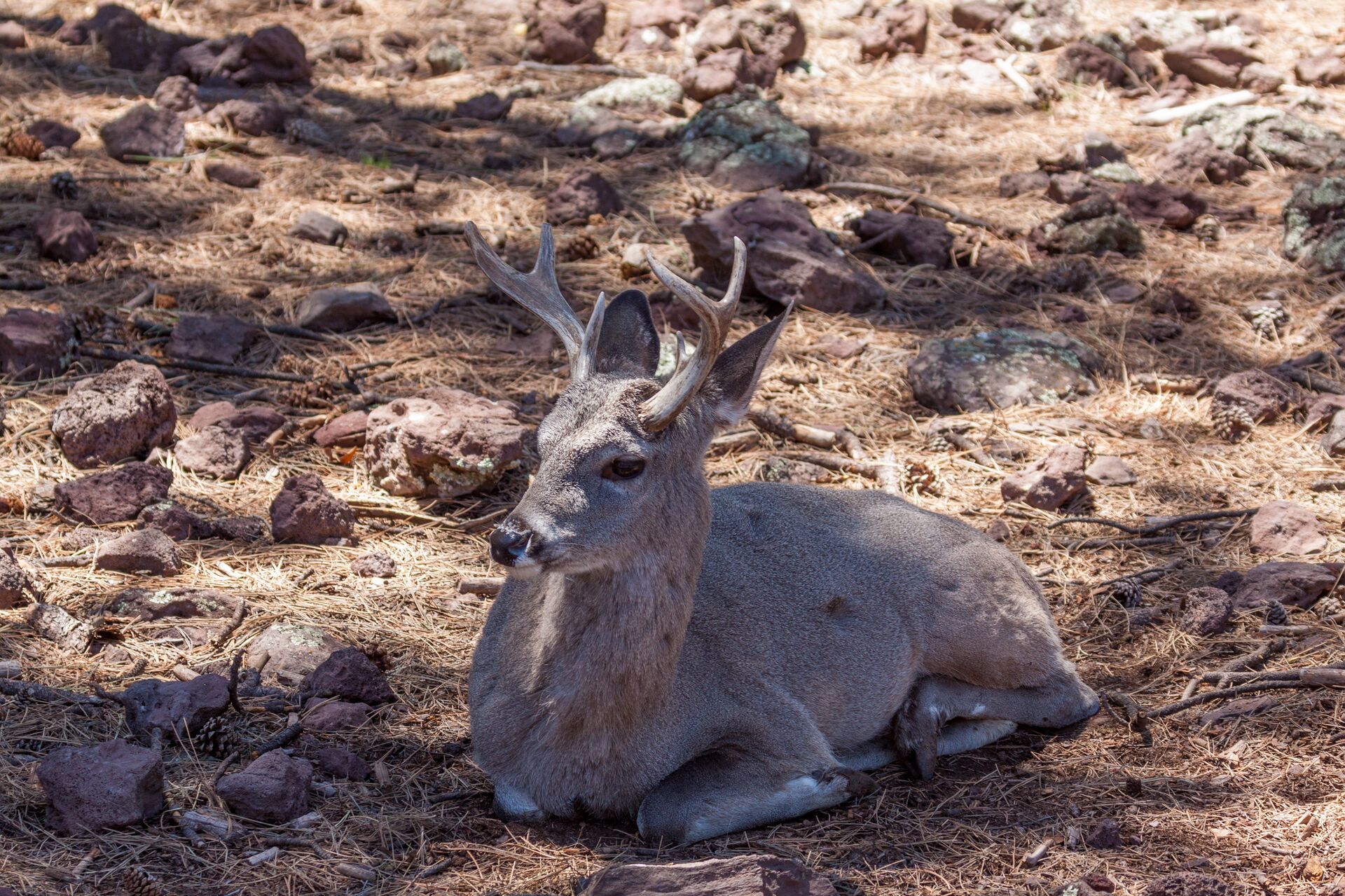
Hunting and Conservation
For hunters looking to test their skills, it'd be hard to argue against the Coues deer as one of, if not the most challenging species.
Why Hunters Love Coues Deer
Whether it's the allure of the desert or the thrill of the challenge, Coues deer have captured the hearts and attention of hunters since the 1800s.
Their incredible eyesight and hearing, smaller frame, camouflage, and propensity for holing up in tight desert canyons mean hunters must be prepared not only physically but also mentally, willing to stand and endure some of the most unforgiving hunting environments on earth.
Ethical Hunting of Coues Deer
Being an ethical hunter means abiding by season dates, bag limits, hunting methods, and more. For example, if hunting these deer in New Mexico, check the relevant state regulations regarding deer season and restrictions.
Due to their smaller stature, hunting Coues deer requires extreme proficiency with a rifle to ensure you're prepared for the hunt and have a clean shot. Conservation efforts, including land management and habitat protection, are in place to ensure the ongoing prosperity of the future.
Use HuntWise to Know Where and When to Hunt Coues Deer
Due to their adaptability and capability to exist in various environments, choosing where you plan to hunt coues deer is essential.
When e-scouting with HuntWise, you can access maps and topographic layers to determine the nature and challenge of a particular hunting environment. Then, by custom marking your spot, you can plan and scout potential glassing locations and areas of high Coues' activity.
Additionally, whether hunting Coues or whitetail, the RutCast feature will help you time your hunt to target peak activity, giving you a much higher chance of spotting one of these elusive deer.

Bag a Coues This Season With These Tips and HuntWise
If you're planning a Coues hunt, you know preparation is critical. With the tips above and the mapping capabilities of the HuntWise app, you'll be unstoppable in the desert terrain, giving yourself the best chance of taking an elusive Coues this season.
Let us help you bring home this trophy from your Southwestern U.S. hunt! Download the HuntWise app today, and you'll get the first week free on us.
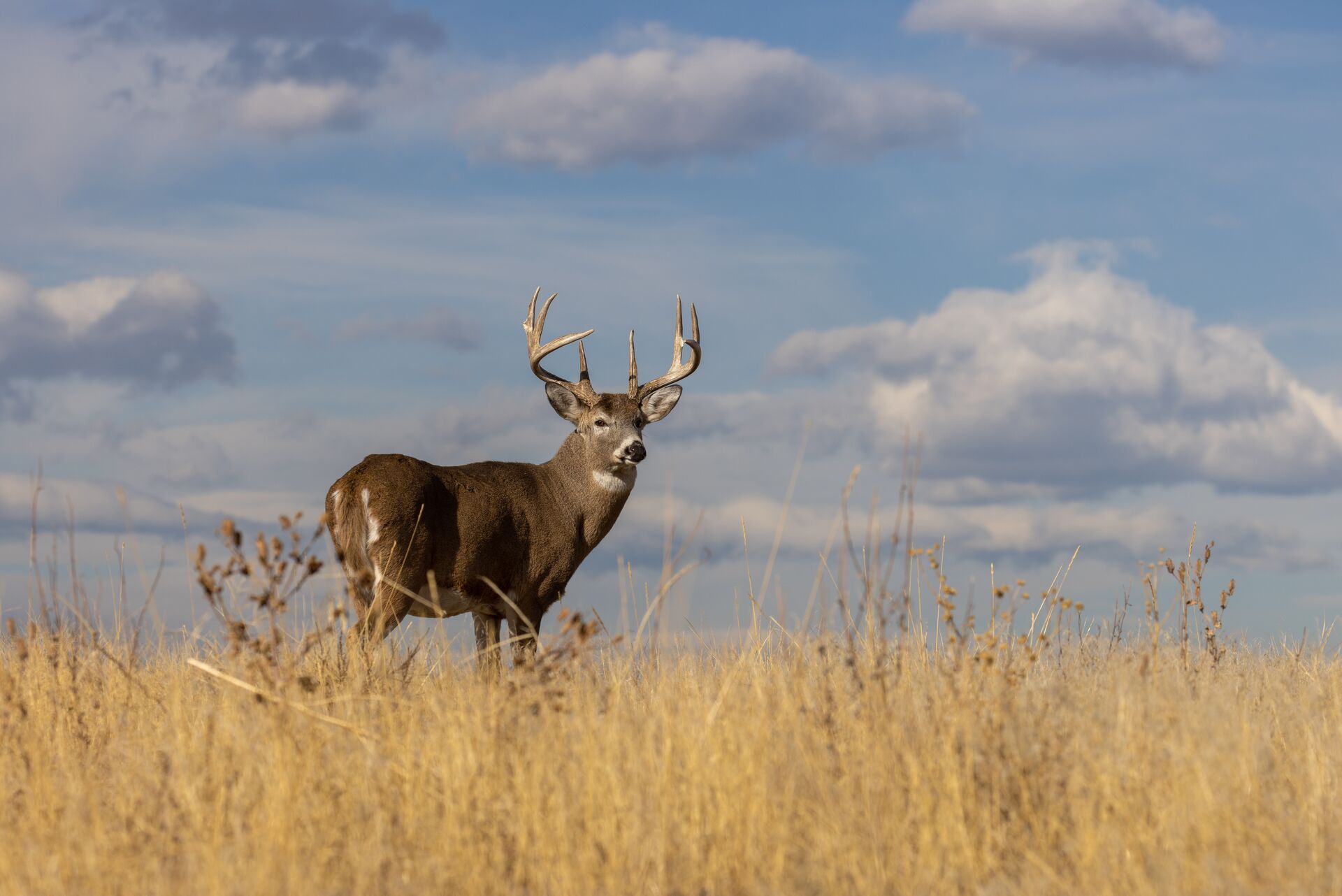
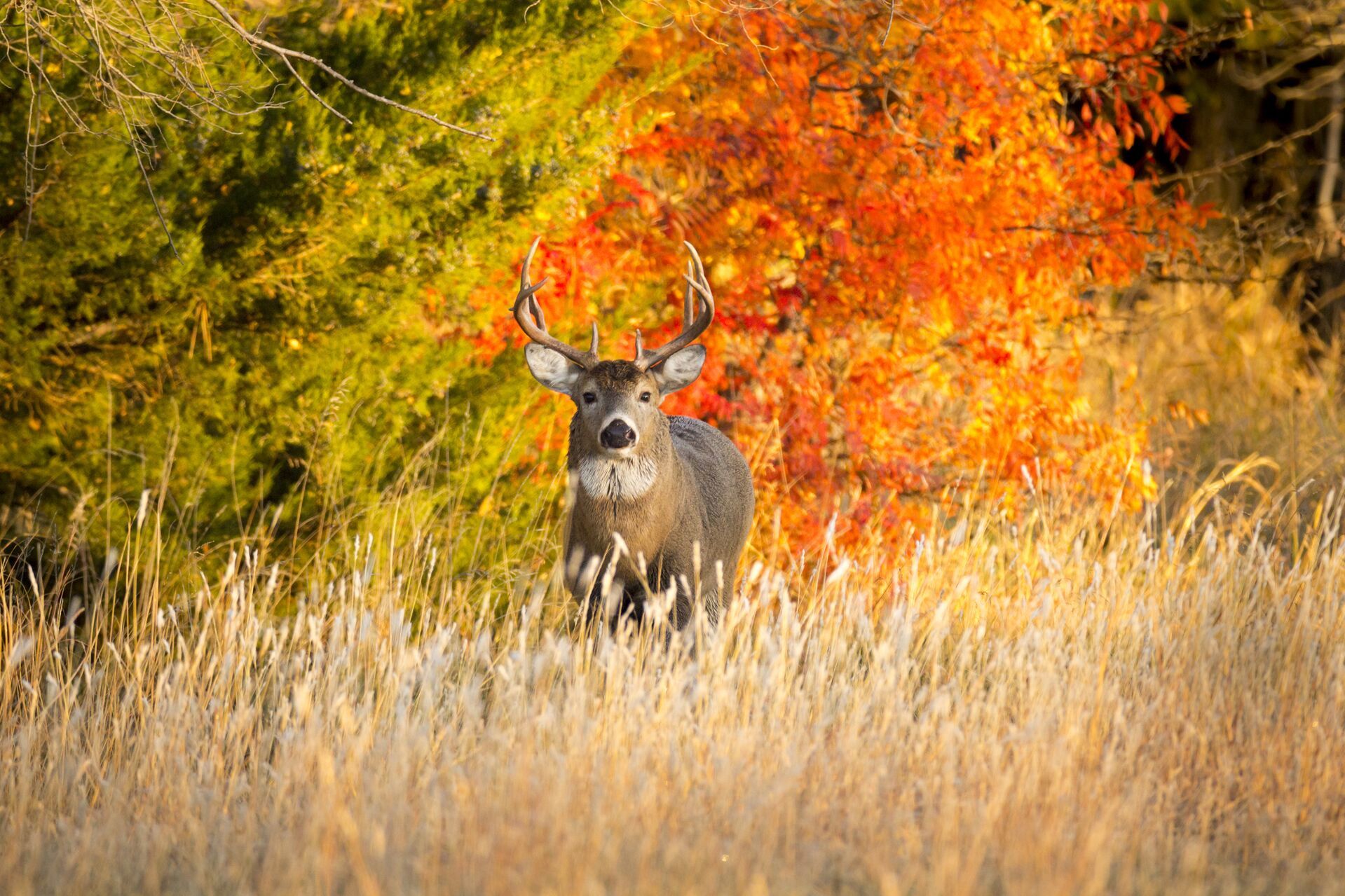
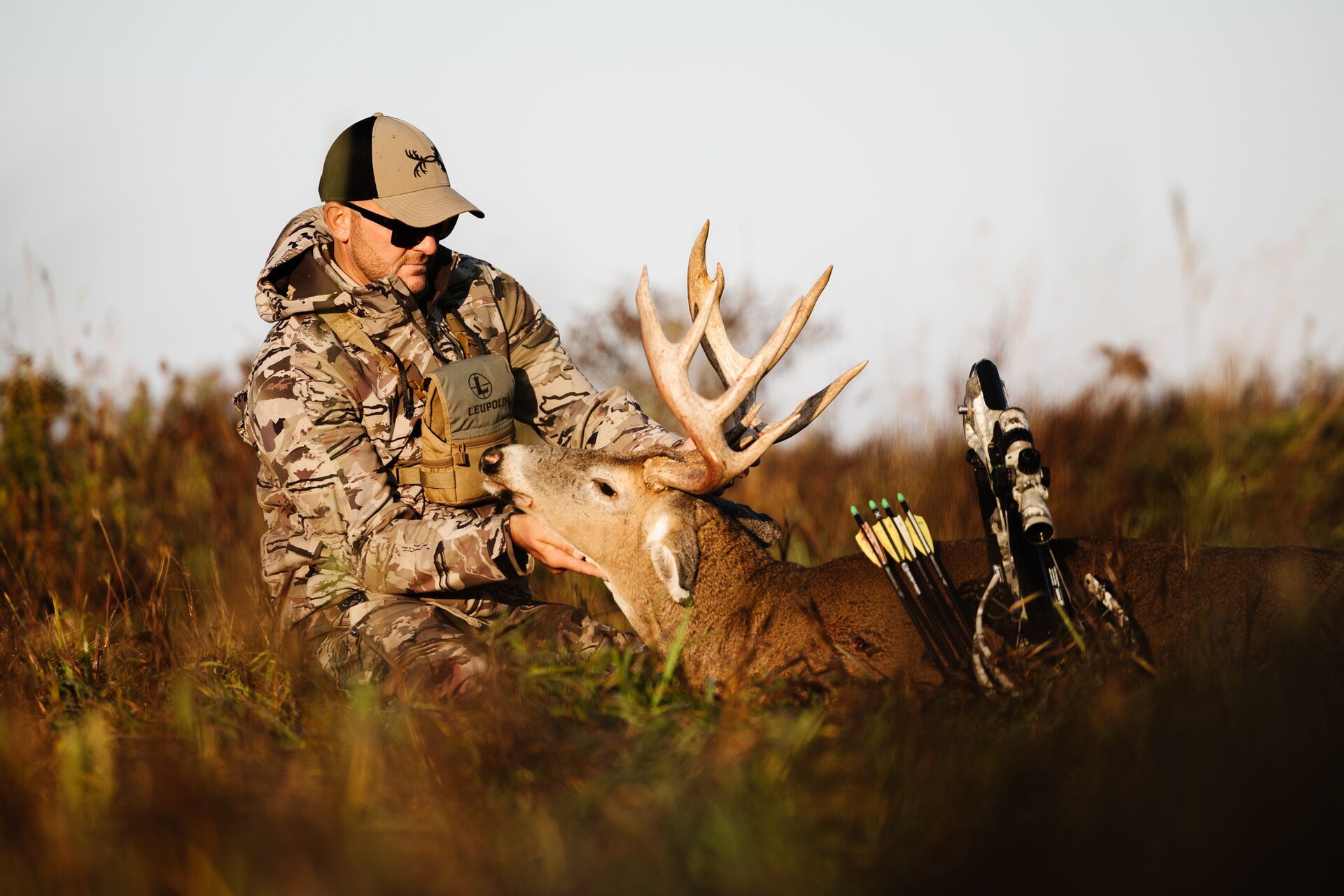
 Deer
Deer Deer
Deer Deer
Deer